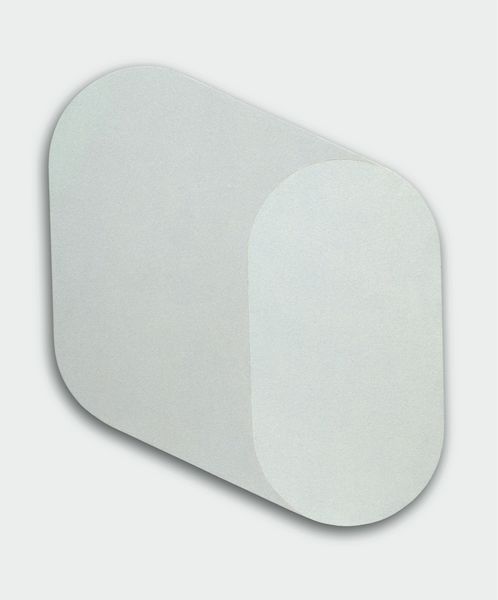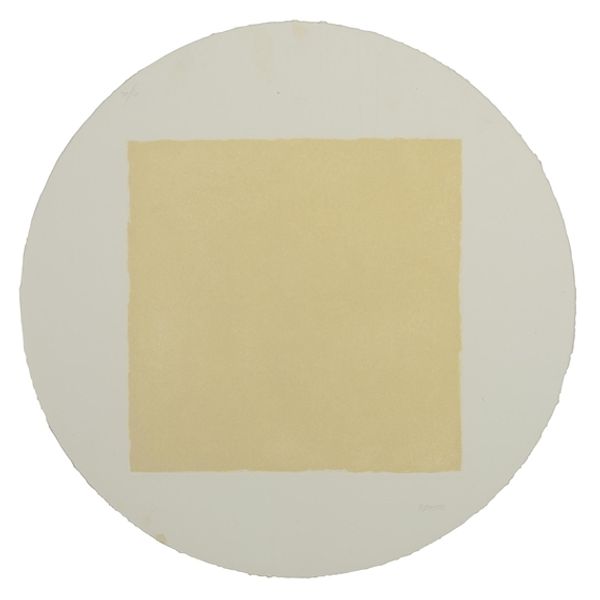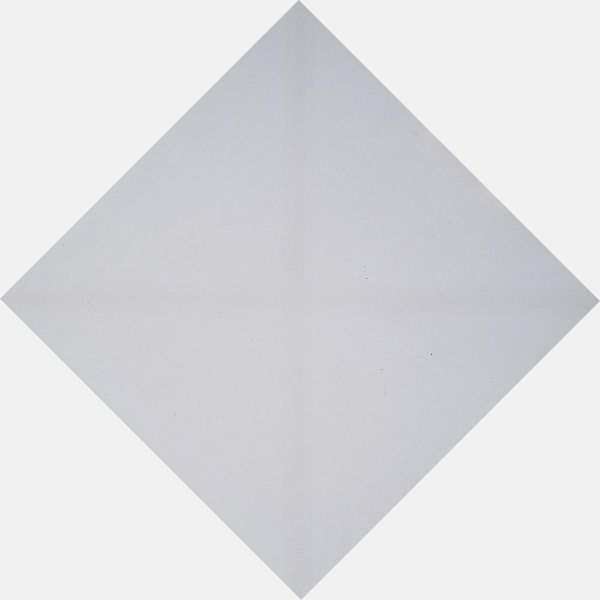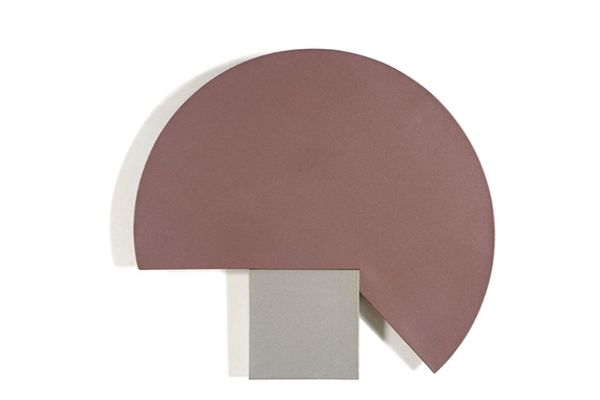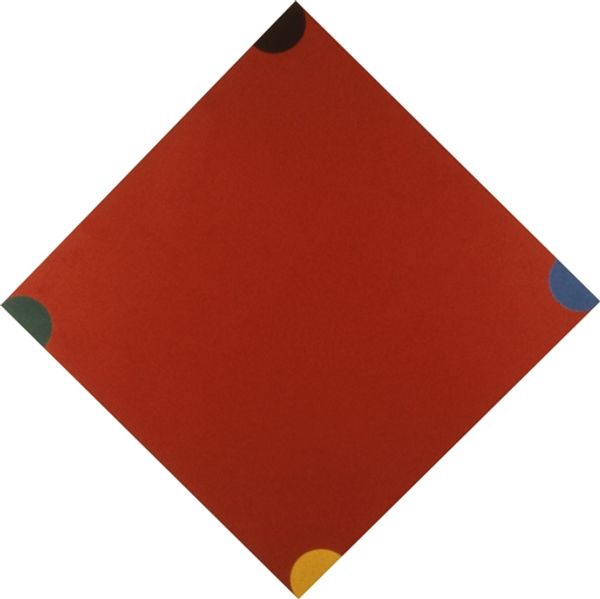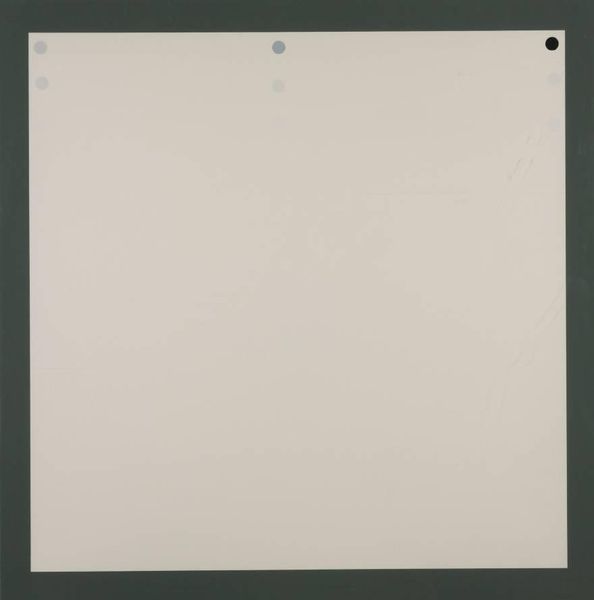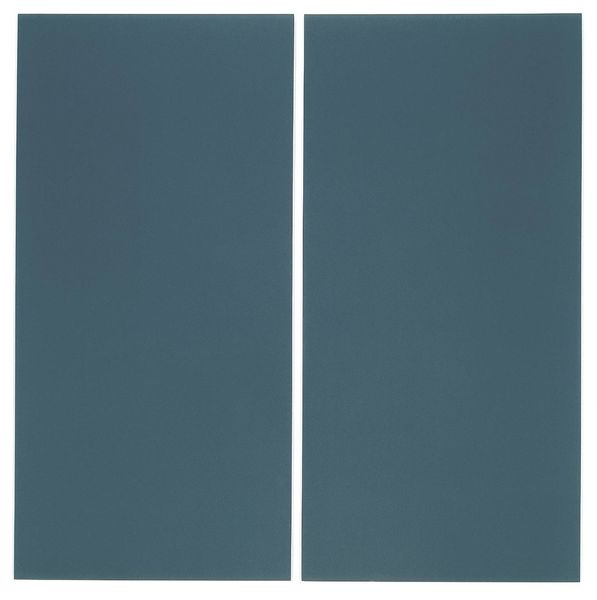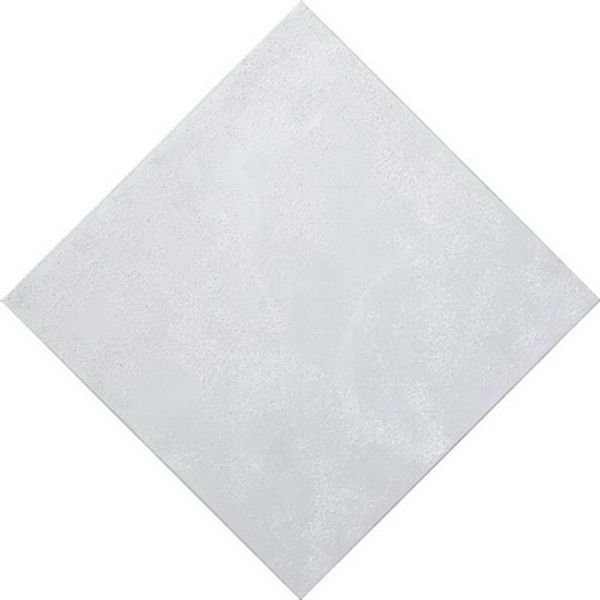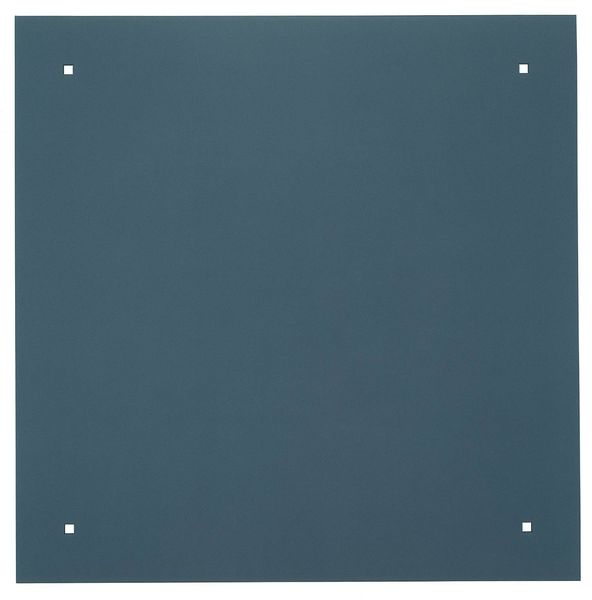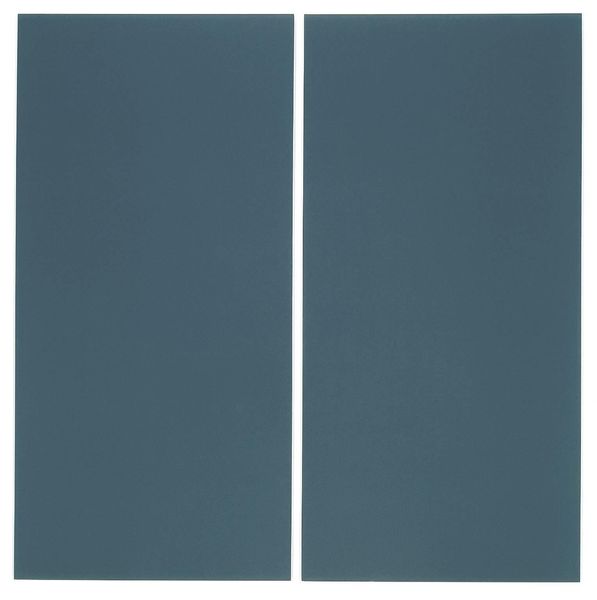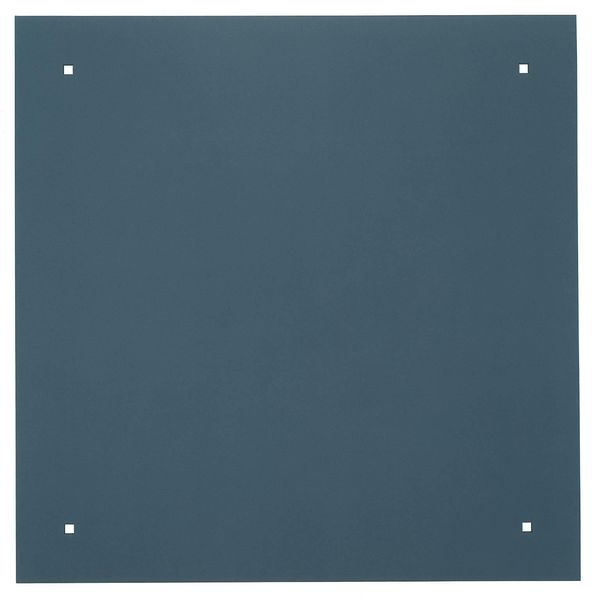
Dimensions: 182 x 183 cm
Copyright: Robert Mangold,Fair Use
Editor: Here we have Robert Mangold's "Circle In and Out of a Polygon 2" from 1973. It looks like it’s made from acrylic and graphite on canvas. The interplay of shapes is interesting, how the circle feels both contained and trying to escape. What’s your perspective on this piece? Curator: From a materialist perspective, I'm drawn to the *how* of it. Consider the choices involved: the canvas itself, its texture, its preparation. How does the weave affect the application of the acrylic? And the graphite – a simple, readily available material, but here it defines these crucial boundaries. It’s about the physical act of making, the artist's hand, and the limitations and possibilities inherent in those materials. Think about how the mass production of acrylic paint allows the artist to question traditional ideas surrounding painting. Editor: So, you’re saying it's not just *what* he depicted, but *how* he depicted it that matters? Curator: Precisely! This period witnessed a significant shift in art production. Minimalist art, in particular, really brought materiality to the forefront, reflecting the burgeoning consumer culture. What part do you think the means of production and distribution played in bringing this work to the public? Editor: That’s something I hadn’t considered. I was focused on the shapes themselves and their relationship. It seems less about personal expression and more about the objecthood of the artwork. Curator: Exactly. How the artist interacts with and manipulates their chosen medium. These geometric figures almost serve as a challenge to established conventions by revealing both the industrial fabrication processes and their engagement with Minimalism. The circle itself almost references industrial processes too, since its creation is near-impossible manually. Editor: So, the act of making and the materials used are just as, if not more, important than the finished image itself. I’m definitely going to look at Minimalism differently now. Curator: It encourages us to reconsider the social and economic structures that underpin artistic creation. Hopefully this has revealed new lenses with which to see such pieces.
Comments
No comments
Be the first to comment and join the conversation on the ultimate creative platform.
